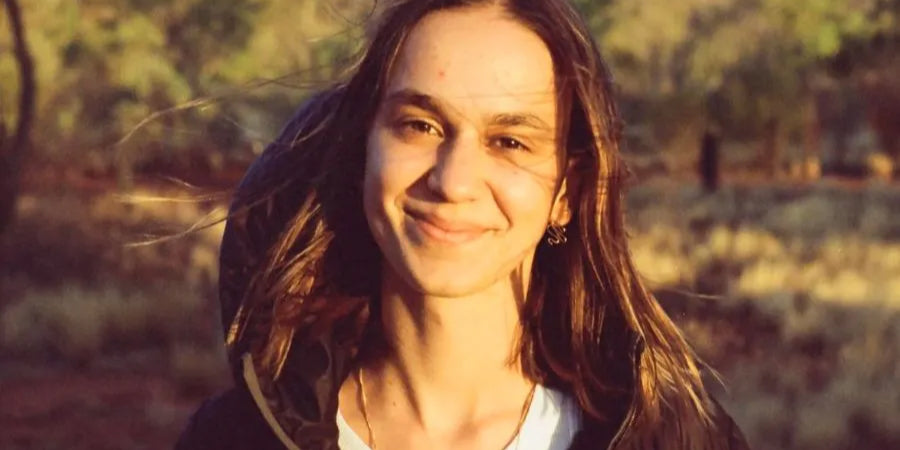SAFE exhibition by Sam Harrison

SAFE is a solo exhibition, by Sam Harrison, discussing different experiences of ‘safety’ that Indigenous communities have enjoyed and endured during Australia’s short history.
Sam Harrison is a Brisbane based artist and curator with cultural connections to Kamilaroi and Wiradjuri people of Central NSW. He completed a bachelor of Fine Arts (Painting) in 2018 from the Victorian College of the Arts, Melbourne.
Sam was the first artist to utilise Aboriginal Art Co’s upstairs artist studio. He created this body of work over the last six months and was supported through free use of the space, as well as informal mentoring throughout this time. This inspired the Safe Space Residency initiative.
SAFE was on display in the Vault Gallery, at The Design Bank, Aboriginal Art Co, South Brisbane. If you missed the exhibition, here is an overview of some of the incredible paintings.
Faith in the System explores the relationship between Indigenous incineration and the exploitation of country through resource extraction. The painting references an archival image of the old Adelaide jail with oil barrels strewn out the front. This image, layered with Roebourne jail (where sixteen year old John Peter Pat’s death was the final trigger for the Royal Commission into Deaths in Custody) and Don Dale Detention Centre (the controversial youth detention centre in northern QLD featured in the Four Corners episode Australia’s Shame) tells a story of unbroken and unchanging over-representation of Indigenous people trapped in and targeted by the justice system. It was the introduction of the idea of sin that brought with it the moral compass that changed how justice was carried out on our continent. Indigenous justice was a fast and very public carrying out of justice, with a core philosophy of witnessing the expression of grievances and the rehabilitation individuals by the community. Modern colonial systems of justice are very private, convoluted systems with a core philosophy of punishing sinners – who are isolated, ridiculed and retargeted. The mass incarceration of the custodians of our country makes us question who is really protected by these policies, community or economic interest?
In the best interest of the child is a reimagining of a location that Harrison’s father speaks about. This location is a place where he would go to escape what was going on in his foster home. Harrison pays tribute to his fathers connection to country and gives thanks for the comfort and safety this specific location gave.
87 Grey St – A Lotta History tells this history of the lot that The Design Bank is situated. From 1917 – 1925 the building on this site, The Pike Building, was leased to the South Brisbane City Council and during this time the Chief Protector of Aboriginals office was housed here. In 1925 the buildings along Melbourne St. were knocked down to expand the road, leading to the re-subdivision of the lot and the eventual construction of the National Bank and the Commonwealth Bank (Design Bank) buildings. Since the closure of the Commonwealth Bank on this site, the building has been home to a number of businesses. Three of these are now Indigenous owned and operated businesses, Blaklash Creative, Aboriginal Art Co. and Magpie Goose. From being a place where the future of Indigenous communities was being planned, to a place where the future of Indigenous communities is being lived. The patterns in the sky reference the Magpie Goose print – ‘Lanky’ by Dominica Williams and the patterns on the foreground are Magpie Goose print – ‘Lily pads’ by Dulcie Williams. Elements that symbolise Aboriginal autonomy and economic empowerment.
Don’t Stop the Grind, Can’t Stop the Grind is an oil painting that pays tribute to the work ethic of our community. The work ethic that has been confined to a struggle for survival, exploited through slavery and hidden in the lie of the Aussie battler forging his way in an unforgiving land. The image depicts a group of girls working out at ‘The Camp of Mercy’ – Aboriginal Mission at Darlington Point NSW. The mission trained young girls, many were of the stolen generation, for domestic service from 1880 to 1924.


